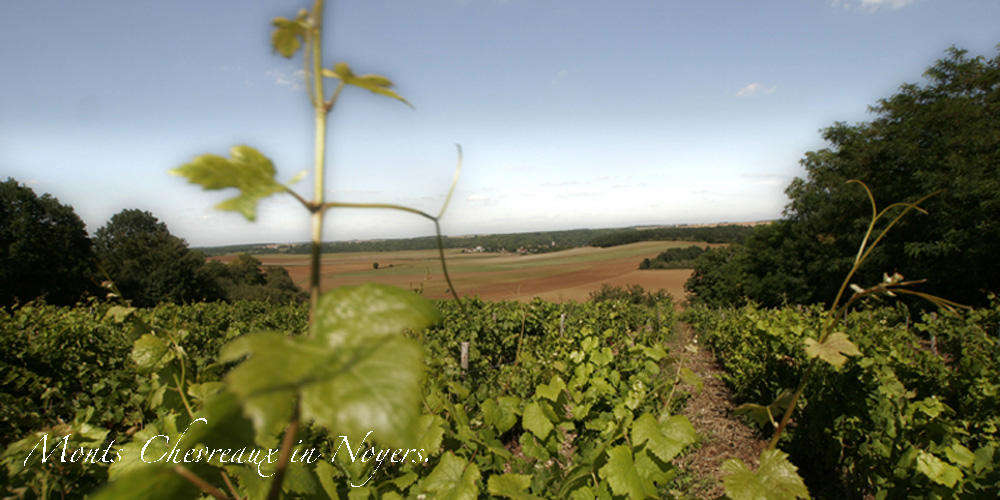
Guest House Chablis in "vallée du Serein", the Burgundy's gold gate. |

Coté Serein proposes you to live a unique stay in our guest house or bed and breakfast and discover the charm of the serene valley of Burgundy only 10 minutes from Chablis. Côté Serein is located in Noyers-sur-Serein, old medieval city classified as one of the 100 most beautiful french cities. Moreover, you could have the chance to taste the different Chablis wines.
|
||
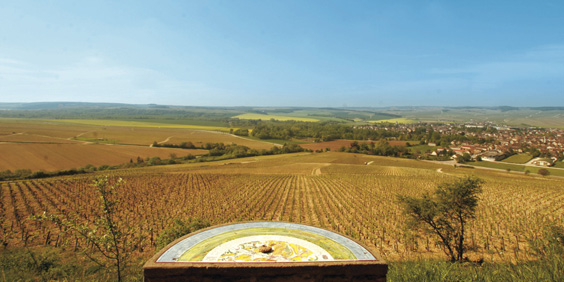 Chablis, foot centenary vines  Harvest at Domaine Thierry Laffay, Chablis Mont de Milieu 1er Crus  Marie-Noëlle harvests in Noyers-sur-Serein 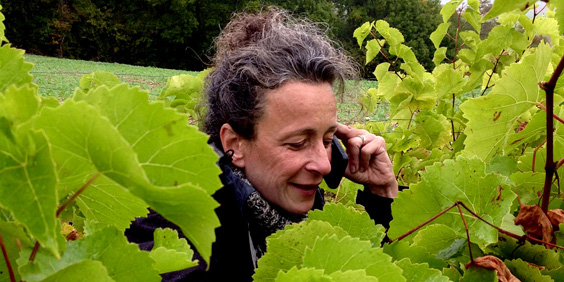 Irancy typical landscape of Burgundy 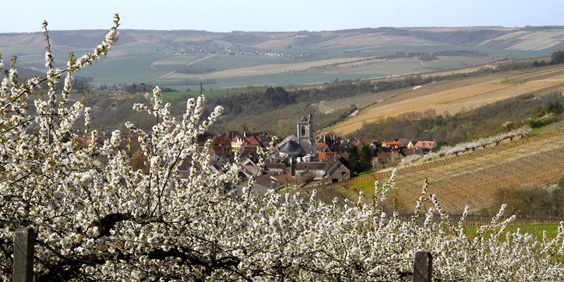 Chablis vititour Franck in full tasting among the vines 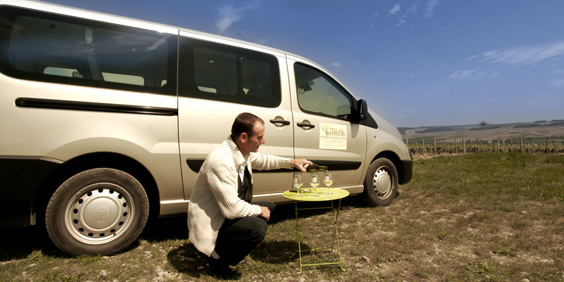 Noyers-sur-Serein, vines Mont Chevreaux  Chablis: BBQ surrounded by vineyards 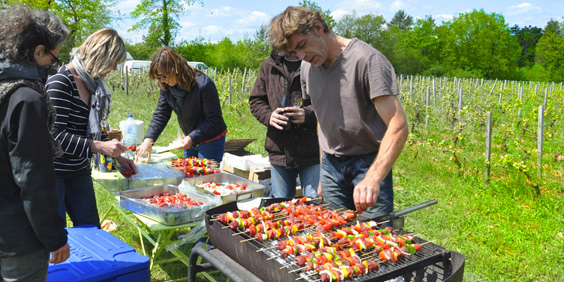 Chablis: meal among the vines 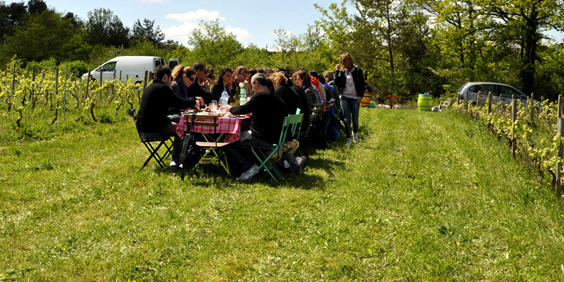 Noyers-sur-Serein, marc of Burgundy 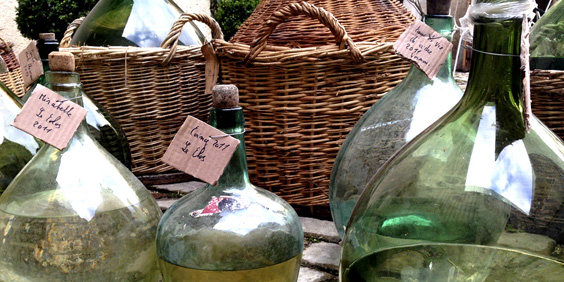 Noyers-sur-Serein, part of our cellar 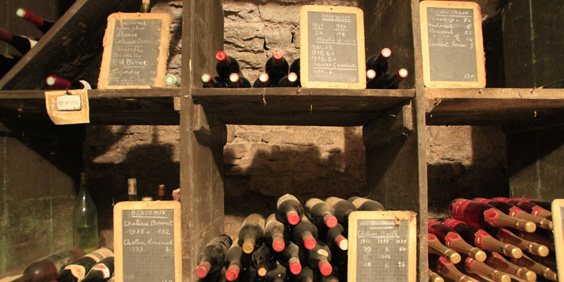 Chablis, landscape "Chablisien" 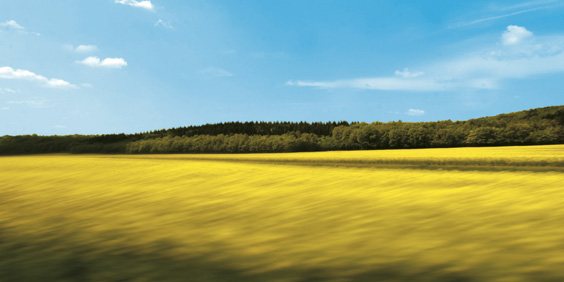 Chablis, foot centenary vines 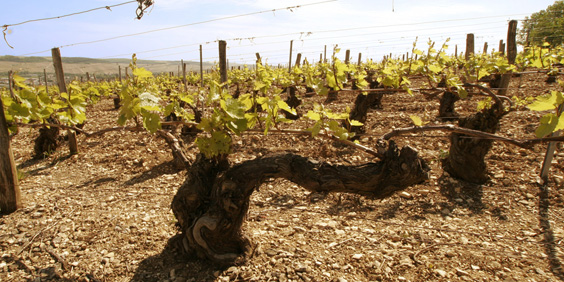 |
|
|
Everything about the Chablis vineyards Designation (s) Burgundy - Chablis, - Chablis Premier Cru and - Grand cru chablis Type designation (s) AOC Production 287,843 hectoliters (38 million bottles) for the 2008 harvest The vineyards of Chablis or Chablis is located in France, in the Burgundy region and the Yonne department (also called Lower Burgundy). It produces different Chablis appellations and denominations, who are all white wines: breakfast Chablis, Chablis, Chablis and Chablis first cru grand cru. History Antiquity Middle Ages
From the thirteenth century the wines of Chablis know a happy both geographic expansion and commercial and participate in the general enrichment of the city which it has long been the main income. It is in 1230 that the first harvest ban appeared. This corresponds to the start date of the harvest. In 1328 four hundred and fifty owners cultivate 500 hectares of vines. Transported by road to Auxerre, wines then followed the course of the Yonne, reaching Paris to Rouen and eventually be re-exported to northern countries. "White as spring water", "shelf stable", they soon acquired a separate status in the French landscape.
Contemporary period.
In 1914-1918, many young winemakers died during the First World War; for five years, they are the wives and mothers who took care of the vineyard. In 1919, a consensus was established around a number of thought that observation centuries had promoted: Vaudésir frogs Valmur, Les Clos and Blanchot. In 1938, The Preuses and Bougros join and the name "chablis grand cru", with its seven climates, takes its final form. AOC "chablis" and "grand cru chablis" are defined.
The June 15, 1940, the village was bombed by German aircraft. There are ninety dead and a lot of damage. Much of the old city will be destroyed. In 1943, a decree sets the terms of the AOC "Petit Chablis". In 1945, the vineyard covers 470 hectares and extends to 750 hectares in 1970. It was not until early 1960 that Chablis wine production actually resumed its growth with the development of mechanization and development up the fight against freezing systems (another scourge for vineyards in the region).
Geographic location The vineyards of Chablis belongs to the Burgundy vineyard and extends hillside flower on 17 towns along the river Serein on 20 km long and 15 km wide. Chablis vineyards: the hillside with great wines, with the Frogs castle at his feet. Geology and orography The floors date back to the Jurassic period, that is to say, old rocks 150 million years, specifically Kimmeridgian (for Chablis, Chablis wines first and grands crus Chablis) and incidentally Tithonian (for small -chablis). Found in rock deposits of tiny oysters. These are clay and limestone soils. The AOC refers to basements since 1923 judgment.
Climatology The vineyards cover 870 hectares 4, a total of 17 towns INAO has awarded three names:
- Le Petit Chablis, harvested mainly on the plateaus (production area: 762 hectares) [1]. - Chablis, harvested on the slopes exposed to the north and east and plateaus (production area: 3218 hectares) [1]. 171 400 hectoliters of production is about 23 million bottles. The first crus Chablis, denominations within the appellation, are harvested on hillsides facing south and west (production area: 775 hectares) [1]. 43,600 hectoliters of production is about 6 million bottles. - The Chablis grand cru, harvested exclusively in Chablis and Fyé on the coast on the right bank of the Serein (production area: 106.42 hectares). [7]
Climates classified - The first vintages: Beauroy, Berdiot, Beugnons, Butteaux, Chapelot, Brown, Stubble of Talvat, Coastal Brechain, Coastal Cuissy, Côte de Fontenay, Coastal Jouan, Coastal Léchet, Coastal Savan, Coastal Vabarousse, Coast Girots of Pres, Forestry, Fourchaume, The Dead Man, The Beauregards, The Epinottes, the furnaces, The Lys, Mélinots, Mont de Milieu, Montée de Tonnerre, Montmains, Morein, Foot Aloup, Roncieres, Secher, Troëmes, Vaillons, Vau de Vey, Vau Ligneau, Vaucoupin, Vaugiraut, Vaulorent, Vaupulent, Vaux and Ragons Vosgros.
The grands crus and Bougrot Vaudésirs. They are seven in number, all in the town of Chablis, grouped on the right bank of the Serein on a hill facing south west * Blanchots, about 12.68 hectares; * Bougros, about 15.07 hectares; * Les Clos, about 25.87 hectares; * Grenouilles, about 9.38 hectares. * The Preuses, about 10.81 hectares; * Valmur, about 10.55 hectares; * Vaudésirs on 15.43 hectares.
List of climates Premiers Crus They are divided into 79 climates, the main ones being: - Les Beauregards - Beauroy (Troesmes and Côte de Savant can also be called Beauroy) - Berdiot - Chaume de Talvat - Côte Cuissy - Côte de Jouan - Côte de Léchet - Côte de Vaubarousse - Fourchaume (Vaupulent, Côte de Fontenay, The Dead Man and Vaulorent can also opt for raw Fourchaume name) - The Fourneaux (Morein and Côte des Prés Girots who can opt for Les Fourneaux) - Mont de Milieu - Montée de Tonnerre (Chapelot, Foot and Aloup Côte de Bréchain can also be called Montée de Tonnerre) - Montmains (Forêtt and Butteaux can choose the name of Montmains) - Vaillons (Châtains, Sécher, Beugnons, Les Lys, Mélinots, Roncières et Les Epinottes can also opt for the name of Vaillons) - Vau de Vey (Vaux Ragons can opt for Vau de Vey) - Vau Ligneau - Vaucoupin - Vosgros (Vaugiraut can be called Vosgros)
Grape varieties: Chardonnay. Farming methods Manual work This work begins with the size, in "simple Guyot" with a rod of five to eight eyes and a spur one to three eyes. The draw follows the branches size. The branches are removed and can be burned or put in the middle of the row to be crushed. We then go to repairs. Then comes the folding chopsticks. Eventually, after folding chopsticks, the planting of new grafts is performed. Disbudding can begin as soon as the vines began to grow. This method allows, in part, to control yields. The lift is performed when the vine starts pushing well. Generally, two to three hitches are practiced. The "green harvest" is practiced more in this name. This operation is done in order to regulate the yields and especially to increase the quality of the remaining grapes. To finish with manual labor in the vineyard, is realized the important step of the harvest.
Mechanical work The straddle is a great help. The various works consist of grinding branches, achieved when the branches are taken and put in the middle of the row; a "hole" made the auger, where the vines feet are missing, in order to plant transplants in spring; plowing or dogging, realized in order to aerate the soil and remove weeds; Weeding is most often chemically to kill weeds; several treatments of the vines, made in order to protect against some fungal diseases (downy mildew, powdery mildew, gray mold, etc.) and some insects (eudemis and cochylis). Consisting in several trims reciper or cut the branches of vines (branches) that exceed the trellising system.
Returns. Main articles: breakfast Chablis, Chablis and Chablis Grand Cru. Vinification and aging These are general methods of vinification this name. However, there are small differences in approach between growers and traders. White winemaking White wine. Pneumatic press used for pressing. The harvest is usually mechanical, but it can be manual, with sorted. The grapes are then transferred into a press for pressing. Once the mash tank, trunking is performed usually after a enzymage. At this point, a stall fermentative cold (about 10 to 12 degrees for several days) can be sought to promote the extraction of aromas. But usually after 12-48 hours, the clear juice is drawn off and made fermenter.La alcoholic fermentation takes place with a special monitoring for temperatures that should remain fairly stable (18-24 degrees). Chaptalization is also practiced to increase the alcoholic strength if necessary. The malolactic fermentation is done in barrels or vats. The wines are aged "sur lies" in barrels, in which the winemaker regularly conducts a "stirring", that is to say resuspension lees. This lasts for several months during the breeding of whites. In the end, the wine filtration is done to make the clearest wines. The closing bottling operation. Le Petit Chablis and Chablis: usually a pretty clear dress, pale gold in color, very fresh, lively and mineral nose with aromas of flint, green apple, lemon, undergrowth ... Chablis Premier Cru: structured wine, long finish, mineral, floral ... Chablis Grand Cru: pure green color gold, mineral aromas (flint, flint), also aromas of limes, dried fruits, almond ... Gastronomy, safety and operating temperature - The small-Chablis and Chablis: custody of time is about two to four years (four years for chablis). Serve between 10 and 11 degrees. Can be served as an aperitif, it goes well with sushi, goat cheese, Beaufort, County ... The old vines also with foie gras. - The first cru chablis: his guard time is from five to ten years. Serve between 10 and 12 degrees. Goes well with fish in sauce, oysters, poultry in sauce, sausages, snails, ham in Chablis ... - The grand cru chablis: his guard time is from ten to fifteen years. Serve between 12 and 14 degrees. Goes well lobster, lobster, crayfish, fine fish, white meats, poultry in cream.
|
||